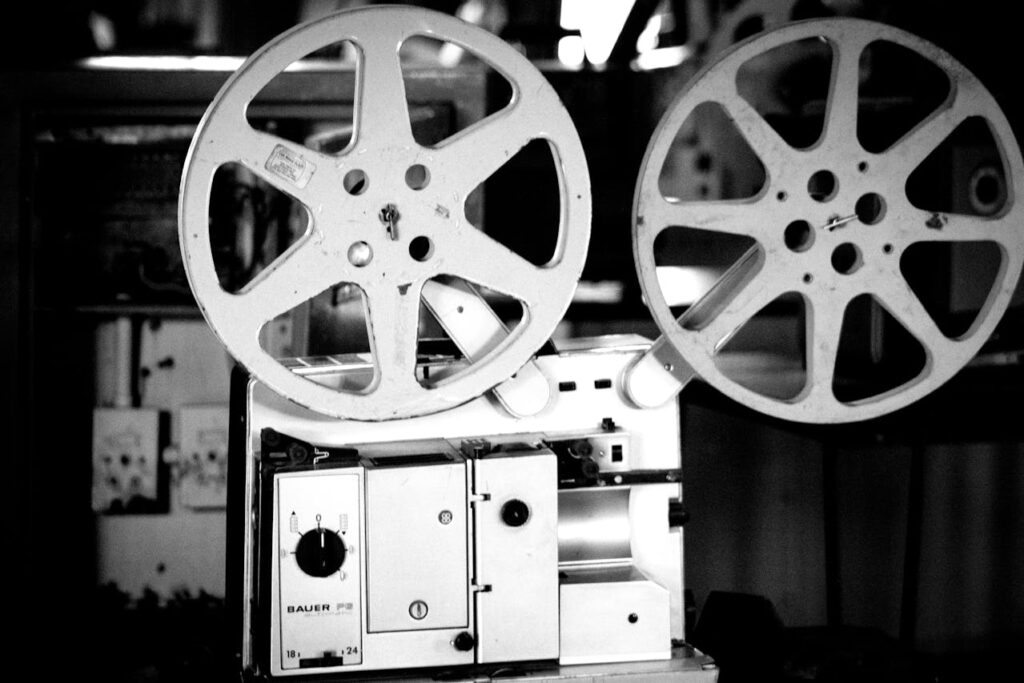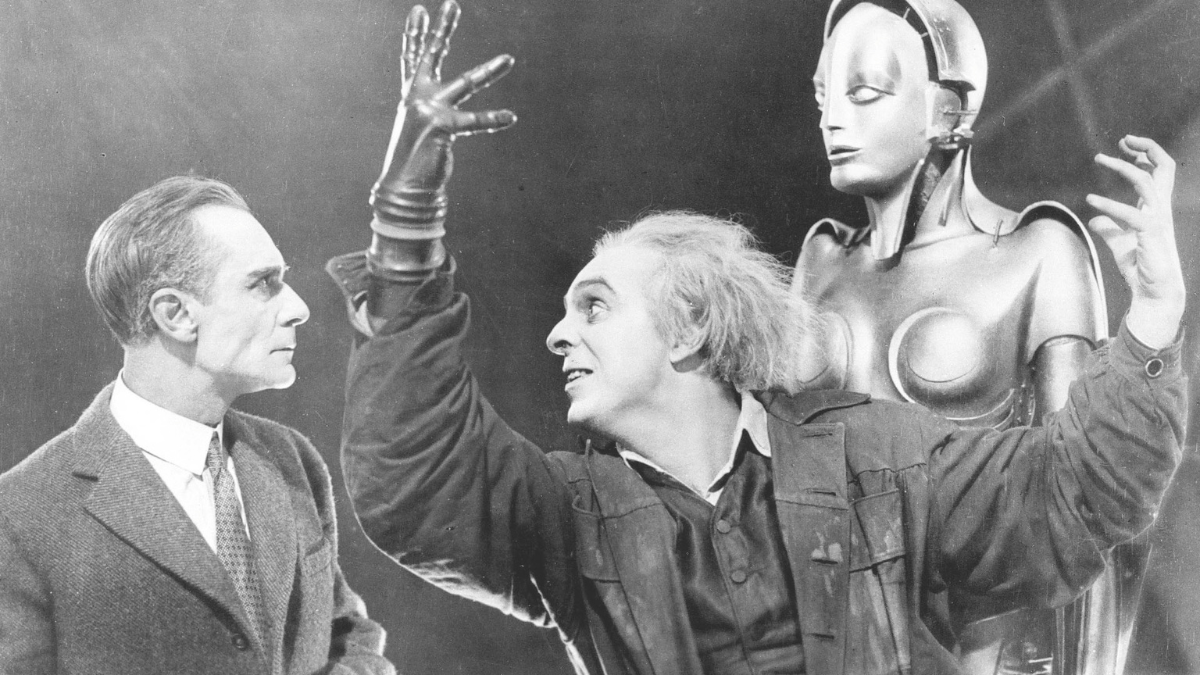The term “film preservation” encompasses a wide array of practices and techniques aimed at protecting and restoring movies in various formats, including celluloid film and digital files. At its core, film preservation is about safeguarding these delicate artifacts from the ravages of time, ensuring that they remain intact for future generations to enjoy. It’s a labor of love undertaken by archivists, historians, filmmakers, and enthusiasts alike, all united by a common passion for preserving the magic of the silver screen.
In a world where digital streaming services reign supreme, it’s easy to overlook the importance of preserving physical film prints. However, these analog treasures contain a wealth of cultural and historical significance that transcends mere entertainment. Each frame tells a story, offering a glimpse into the past and allowing us to connect with the experiences of those who came before us. Without proper preservation efforts, these valuable artifacts risk being lost forever, taking with them a piece of our shared heritage.
As we discuss the world of film preservation, we’ll explore the challenges archivists and preservationists face, from the threat of celluloid decay to the ever-present specter of technological obsolescence. We’ll also shine a spotlight on notable restoration projects and the institutions and organizations leading the charge in preserving cinema’s rich history. So sit back, grab some popcorn, and join us as we celebrate the art of film preservation and its vital role in safeguarding cinema’s legacy for generations to come.
Understanding Film Preservation

Film preservation is like a time capsule, allowing us to peer into the past and experience moments that might otherwise have been lost to the sands of time. At its core, film preservation is about much more than just saving old movies; it’s about safeguarding our cultural heritage and ensuring that future generations can continue to enjoy the magic of cinema. In this section, we’ll take a closer look at what film preservation entails and why it’s so important.
Definition of Film Preservation
At its most basic level, film preservation is the practice of protecting and safeguarding movies in various formats, from celluloid film reels to digital files. This process involves a range of techniques and technologies designed to prevent deterioration and ensure that films remain intact for years to come. From temperature-controlled storage facilities to advanced restoration techniques, film preservationists employ various methods to keep our cinematic treasures safe and sound.
The Historical Record of Cinema
One of the key goals of film preservation is to maintain cinema’s historical record, ensuring that future generations have access to the same films that we do today. By preserving old movies, we can gain valuable insights into the past, learning about different cultures, historical events, and societal norms through the lens of cinema. Film preservation allows us to connect with the experiences of previous generations and gain a deeper appreciation for the art form that is film.
Snapshot of Culture
Film preservation is also important from a cultural standpoint, as movies often serve as a reflection of society at a particular point in time. Whether it’s a classic Hollywood blockbuster or an obscure indie film, each movie tells a story shaped by the social, political, and cultural context in which it was created. By preserving these films, we can ensure that future generations have access to a diverse range of perspectives and voices, enriching our collective understanding of the world around us.
In summary, film preservation is a vital endeavor that goes far beyond simply saving old movies. It’s about protecting our cultural heritage, maintaining cinema’s historical record, and ensuring that future generations can continue to enjoy the magic of the silver screen.
Challenges of Film Deterioration

Film preservation may sound straightforward, but it’s not without its challenges. Like ancient manuscripts or priceless artifacts, movies are susceptible to the ravages of time, and without proper care and attention, they can deteriorate beyond repair. In this section, we’ll explore some of the key factors contributing to film deterioration and the obstacles faced by preservationists in their efforts to save our cinematic treasures.
Degradation of Celluloid
One of the biggest challenges in film preservation is the inherent instability of celluloid film. Made from a delicate combination of chemicals and materials, film reels are highly susceptible to deterioration over time. Factors such as temperature fluctuations, humidity levels, and exposure to light can all accelerate the degradation process, causing films to become brittle, faded, or even disintegrate altogether. Preservationists must carefully monitor and control these environmental conditions to ensure the long-term survival of film prints.
Harsh Environments and Changing Conditions
In addition to environmental factors, technological obsolescence poses a significant challenge to film preservation efforts. As technology evolves, older formats become increasingly difficult to access and maintain. Film reels, for example, may require specialized equipment that is no longer manufactured or supported, making it difficult to play or digitize them for preservation purposes. Without access to the necessary tools and expertise, preservationists may struggle to save films stored in obsolete formats, putting these valuable artifacts at risk of being lost forever.
A Huge Backlog to Get Through
Another obstacle faced by preservationists is the sheer volume of films in need of attention. From Hollywood blockbusters to obscure indie films, there are thousands upon thousands of movies that require preservation and restoration efforts. With limited resources and manpower, preservationists must prioritize which films to save and focus their efforts on where they can make the greatest impact. This means that some films may inevitably slip through the cracks, leaving them vulnerable to deterioration and decay.
Despite these challenges, preservationists remain committed to the task of saving our cinematic heritage. Through careful monitoring, strategic planning, and the development of innovative preservation techniques, they continue to work tirelessly to ensure that future generations can enjoy the same films that we do today.
Techniques and Technologies in Film Preservation and Restoration

Film preservation isn’t just about storing old movie reels in a cool, dark room. It’s a multifaceted endeavor that requires a combination of traditional techniques and cutting-edge technologies to ensure the long-term survival of our cinematic treasures. In this section, we’ll explore some of the key preservation techniques and restoration technologies used by preservationists to save our film heritage.
Digitization as Preservation
One of the most common preservation techniques is film digitization, which involves converting analog film reels into digital files. This process not only helps to protect fragile film prints from further deterioration but also makes it easier to access and share these movies with audiences around the world. By digitizing films, preservationists can create high-quality copies that can be stored and replicated with ease, ensuring that these valuable artifacts remain intact for future generations to enjoy.
Classic Restoration Techniques
In addition to digitization, preservationists also rely on a variety of restoration technologies to repair and enhance damaged film prints. From scratch removal and color correction to audio cleanup and frame stabilization, these technologies enable preservationists to breathe new life into old movies, restoring them to their original glory. By carefully repairing and preserving damaged film prints, preservationists can ensure that these cinematic treasures continue to delight audiences for years to come.
Modern Restoration Techniques
One of the most exciting developments in film preservation is the advent of digital restoration techniques. Unlike traditional restoration methods, which often involve manual labor and physical alterations to film prints, digital restoration relies on computer software and algorithms to clean up and enhance movies digitally. This allows preservationists to tackle even the most challenging restoration projects with precision and efficiency, breathing new life into films that were once thought to be beyond repair.
Despite the advancements in preservation techniques and restoration technologies, film preservation remains an ongoing challenge. With new movies being created every day and old film prints deteriorating at an alarming rate, preservationists must continue to adapt and innovate to keep pace with the ever-changing landscape of cinema. Through their tireless efforts and dedication to the craft, preservationists ensure that our cinematic heritage remains alive and vibrant for generations to come.
Notable Film Preservation Projects

Film preservationists are like modern-day detectives, scouring the globe for lost or damaged film prints and working tirelessly to bring them back to life. Over the years, there have been countless restoration projects that have breathed new life into classic movies and unearthed hidden gems from cinema’s past. In this section, we’ll take a closer look at some of the most notable restoration projects and the impact they’ve had on preserving cinema’s rich history.
The Preservation of “Metropolis”
One of the most celebrated restoration projects in recent memory is the restoration of Fritz Lang’s masterpiece, “Metropolis.” Considered one of the greatest silent films of all time, the original cut of “Metropolis” was thought to be lost forever until a print with missing scenes was discovered in the archives of a museum in Argentina in 2008. Over several years, preservationists painstakingly restored the film to its original glory, using advanced digital restoration techniques to repair damaged frames and recreate missing scenes. The restored version of “Metropolis” premiered to critical acclaim in 2010, allowing audiences around the world to experience Lang’s visionary epic in all its glory.
The Preservation of Oscar Micheaux’s Work
Another notable restoration project is the preservation of the films of pioneering filmmaker Oscar Micheaux. Often referred to as the “father of African American cinema,” Micheaux was a trailblazer who wrote, directed, and produced over 40 feature films during the early 20th century. Many of his films were thought to be lost, but in recent years, preservationists have worked tirelessly to locate and restore these important pieces of cinematic history. Thanks to their efforts, audiences can now appreciate Micheaux’s groundbreaking work and the vital role he played in shaping the landscape of American cinema.
The National Film Preservation Foundation
In addition to individual film restorations, there have also been larger-scale preservation initiatives aimed at safeguarding entire collections of films. One such initiative is the National Film Preservation Foundation’s “Treasures from American Film Archives” project, which aims to preserve and restore significant films from the early days of American cinema. Through this project, preservationists have been able to save countless silent films, documentaries, and experimental works from obscurity, ensuring that these important pieces of cinematic history are not forgotten.
These are just a few examples of the many restoration projects that have helped to preserve cinema’s rich history for future generations. Through their dedication and expertise, preservationists continue to uncover lost treasures and breathe new life into old movies, ensuring that the magic of the silver screen lives on for years to come.
In Conclusion
By preserving old movies, we not only honor the filmmakers and artists who created them but also gain valuable insights into the past and the world around us. Each film is a time capsule, offering a glimpse into a bygone era and allowing us to connect with the experiences of those who came before us. Through the dedicated efforts of preservationists and the support of institutions and organizations around the world, we can ensure that these valuable artifacts are not lost to the sands of time.
As we move forward, it’s important to recognize the importance of film preservation and the vital role it plays in preserving our cultural heritage. Whether it’s through supporting preservation initiatives, advocating for the importance of film preservation, or simply spreading the word about the incredible work being done in this field, we can all play a part in safeguarding cinema’s rich history for future generations to enjoy.
And if you’re a budding filmmaker looking to bring life to their short film production, take a look at our film funding contest! By winning, you could earn up to $10,000 in funding for your short film production. We are looking to fund narrative short films and documentary short films, with feature film funding on the way. And the best part? No full script required. Instead, just send us one sentence explaining the premise of your film and why you need our funding. Head to our entry page to learn more.




